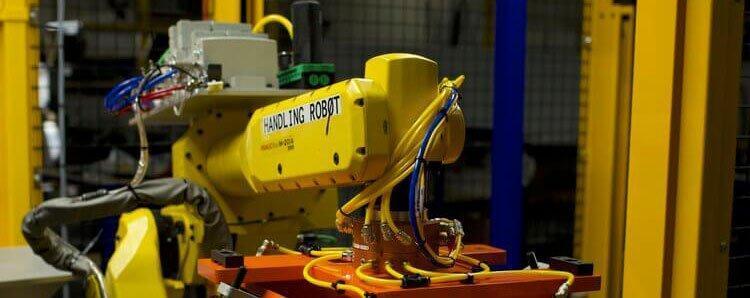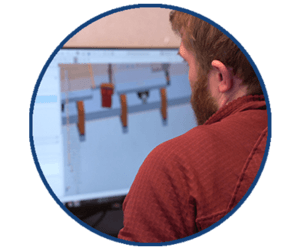What is the Correct OEE Score for Your Production Equipment?
Companies measure Overall Equipment Effectiveness (OEE) to gain insight into what a production line is doing. This calculation is an industry standard that determines how well equipment is performing and where improvements can be made. Many companies don’t know this as well as they should and get hung up with incorrect calculations. You need to:
Learn the ratio of productive time to planned production time. Calculate OEE by multiplying Availability by Performance by Quality.
- Availability equals Run Time Divided by Planned Production Time.
- Availability, Performance and Quality calculations help you determine where productivity losses or stoppages are occurring.
Do Numbers Really Matter?
Many companies get stuck on overall percentages and don’t consider every single element that impacts an OEE score.
- Some experts say a score less than 65% is extremely poor because it leads to high production losses from poor performing equipment.
- Some say an OEE can still be inefficient at 85%.
- Other experts argue that World Class levels of production only start with an OEE above 85%, with an excellent score demanding an OEE score above 95%. This is relative to each situation. It depends on everything in the production line, the expected maximum speed, waiting times, maintenance, and other factors.
You need to take a holistic approach to gain a realistic understanding of how your production line is performing to come up with the best OEE to achieve a Good Product. Know your industry demands at peak times. Know your equipment. Know your industry. Hire the right experts.
Two Calculations Defined
There are two equations which are often used to determine OEE. Your production line is fully productive when it reaches maximum speed or ideal cycle time at manufacturing Good Parts with no Stop Time involved. This is called Fully Productive Time. You calculate this number with this equation:
OEE = The Good Count multiplied by Ideal Cycle Time / Planned Production Time
To find the best answer for this equation, you also need to factor in Availability, Performance and Quality. When including these elements, you are able to track the improvements your line has made over time. This is essential to maximize a production line output. The preferred way to determine OEE is:
Availability x Performance x Quality = OEE
Questions You Need to Ask to Determine Your Best OEE
When calculating the optimum OEE score for your production line, ask the hard questions before you do the math.
- What is the lowest acceptable OEE for our production line where each machine can be reliably run? Could this drop as low as under 50% and still be considered good?
- Is there an OEE range that is considered stable at any level for the equipment?
- What OEE do you need to fulfill the demand of your customers? Can that OEE level of fulfillment be run on your machines?
- What is the optimum OEE to run equipment without rejected parts/products?
- Can different products be run on a line without interruptions?
- What are our best OEE numbers? How often do we hit them
Analysis Helps You Problem Solve
When you break down the numbers and ask the tough questions, you are better able to track performance and make improvements. Weak areas are defined, and opportunities are found.
Hil-Man’s sales engineers help you analyze your work cells to determine what automation features would be most impactful to your bottom line. Contact our sales team today to set up a site visit!









